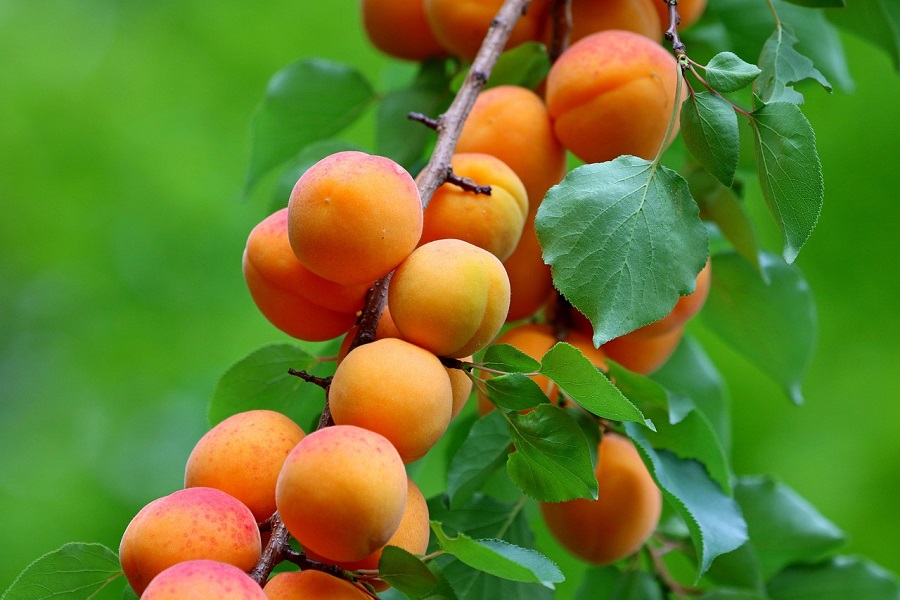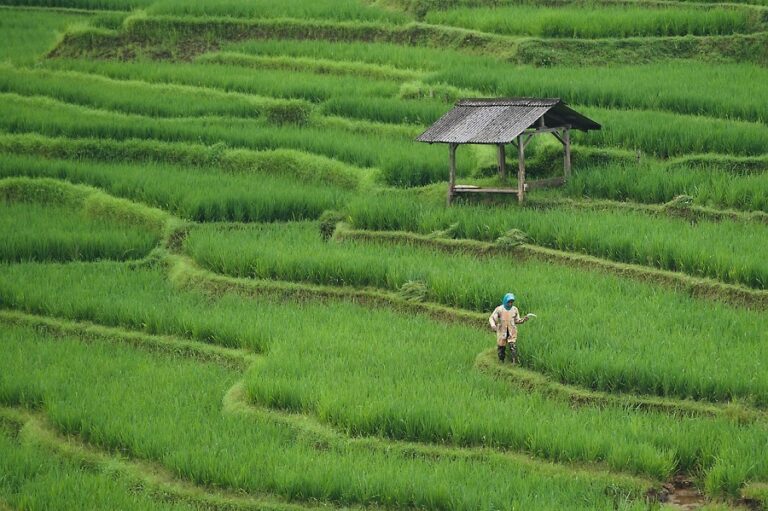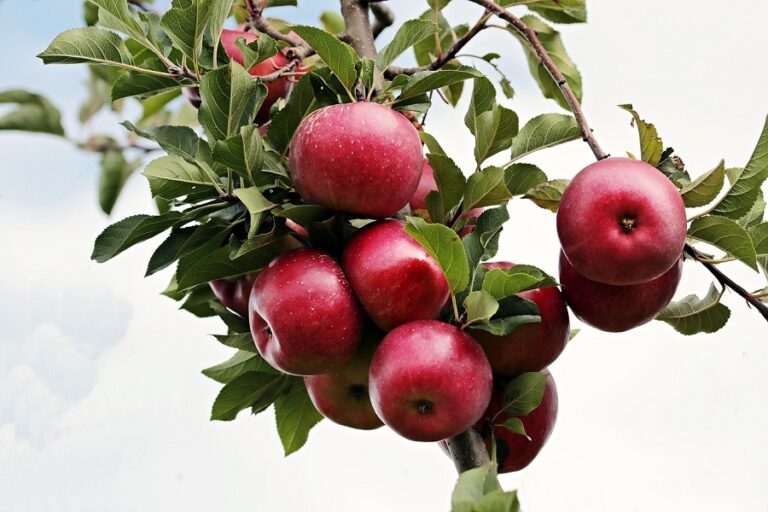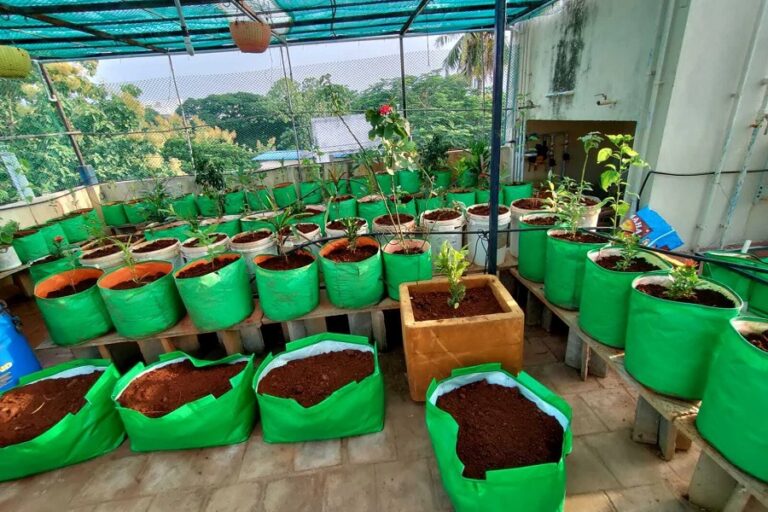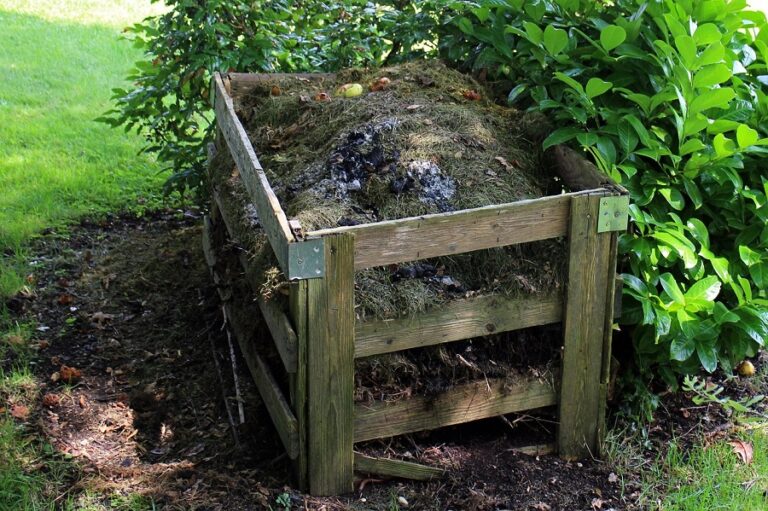Apricot Cultivation in India: Modern Techniques & Farmer’s Complete Handbook
Apricot (Prunus armeniaca) is a highly nutritious and commercially valuable fruit crop grown in temperate regions of India. Known for its sweet taste and rich vitamin content, apricot farming offers great potential for farmers, especially in hilly states. With proper cultivation practices, apricot can become a profitable crop both for domestic markets and exports.
Importance of Apricot Cultivation
- Rich in Vitamin A, C, potassium, and dietary fiber
- Used fresh, dried, and processed into jam, juice, and confectionery
- Good market demand in India and abroad
- Can improve farmers’ income in hilly and cold desert areas
Suitable Climatic Conditions
- Temperature: Apricot requires a temperate climate with cold winters and dry summers.
- Chilling Hours: Needs 400–1000 hours of chilling below 7°C for proper flowering and fruit setting.
- Altitude: Best grown between 1000–3000 meters above sea level.
- Rainfall: Annual rainfall of 100–150 cm is suitable, but excess rain during flowering reduces yield.
Best States for Apricot Cultivation in India: Jammu & Kashmir, Himachal Pradesh, Uttarakhand, Arunachal Pradesh, Ladakh.
Soil Requirements
Well-drained loamy soil with good organic matter is best. Soil pH should be between 6.0 and 7.5. Avoid heavy clay or waterlogged soils.
Tip: Deep ploughing and addition of well-rotted FYM (farmyard manure) improve soil fertility.
Popular Apricot Varieties in India
- New Castle – Early ripening, sweet taste
- Harcot – Large fruit, good for fresh consumption
- Charmagz – Traditional variety of Kashmir
- Stella – Suitable for Ladakh region
- Kaisha – Sweet and popular for drying
Propagation and Planting
- Propagation Method: Apricot is propagated by grafting or budding on wild apricot or plum rootstock.
- Planting Season: December–February (in dormant season).
- Spacing: 6m × 6m (about 278 trees per hectare).
- Pit Preparation: Dig pits of 1m × 1m, fill with topsoil + FYM + neem cake.
Irrigation Management
Apricot is sensitive to waterlogging but requires timely irrigation. First irrigation after planting, then at 10–15 day intervals in summer. Drip irrigation is recommended for better water use efficiency.
Fertilizer Requirement (per tree per year)
- FYM: 40–50 kg
- Urea (N): 500–700 g
- DAP (P₂O₅): 350–400 g
- MOP (K₂O): 200–250 g
Apply FYM in December–January, and split nitrogen dose before and after flowering.
Pruning and Training
Apricot requires annual pruning for better light penetration and fruiting. Modified central leader system is best for apricot trees. Remove dead, diseased, and crossing branches after harvesting.
Flowering and Pollination
Apricot flowers in March–April in North India. Most varieties are self-fruitful, but cross-pollination increases yield. Bee pollination is highly beneficial, so farmers are encouraged to keep beehives near orchards.
Pest and Disease Management
- Aphids: Spray neem oil or systemic insecticides.
- Fruit fly: Use pheromone traps and orchard sanitation.
- Powdery mildew: Sulphur dusting recommended.
- Shot hole disease: Spray copper oxychloride for control.
Harvesting and Yield
Apricots mature 70–100 days after flowering. Harvest when fruits turn golden yellow and firm. Average yield is 8–12 tonnes per hectare, depending on variety and management. Since apricots are perishable, they should be sold immediately or processed into dried apricots.
Post-Harvest Management
- Storage: Can be stored for 1–2 weeks at 0°C with 90% humidity.
- Processing: Dried apricots, juice, jam, jelly, candies.
- Value Addition: Apricot kernel oil extraction (seeds contain 40–50% oil).
Government Schemes & Support
- MIDH: Mission for Integrated Development of Horticulture – subsidy for planting material and drip irrigation.
- NHB: National Horticulture Board – support for cold storage and processing units.
- State Horticulture Departments: Provide training and sapling distribution.
Marketing Opportunities
Farmers can sell apricots in local mandis and wholesale markets in Jammu, Himachal, and Kashmir. Dried apricots have strong demand in Delhi, Mumbai, and export markets. E-commerce platforms like Amazon, Flipkart, and agri-portals also offer good opportunities for direct selling.
FAQs on Apricot Cultivation
Q1. Which state is famous for apricot in India?
Jammu & Kashmir and Ladakh are most famous for apricot cultivation.
Q2. How many years does apricot take to bear fruit?
Apricot trees start fruiting in 3–4 years after planting.
Q3. Is apricot farming profitable in India?
Yes, with proper orchard management and processing, apricot cultivation offers high returns.
Q4. Can apricot grow in South India?
No, apricot requires chilling hours and is not suitable for tropical climates.
Apricot cultivation in India holds great promise for farmers in temperate regions. With scientific orchard management, pest control, and value addition, farmers can achieve high profitability. The demand for fresh and processed apricots is increasing, making it a sustainable fruit crop for future farming.
